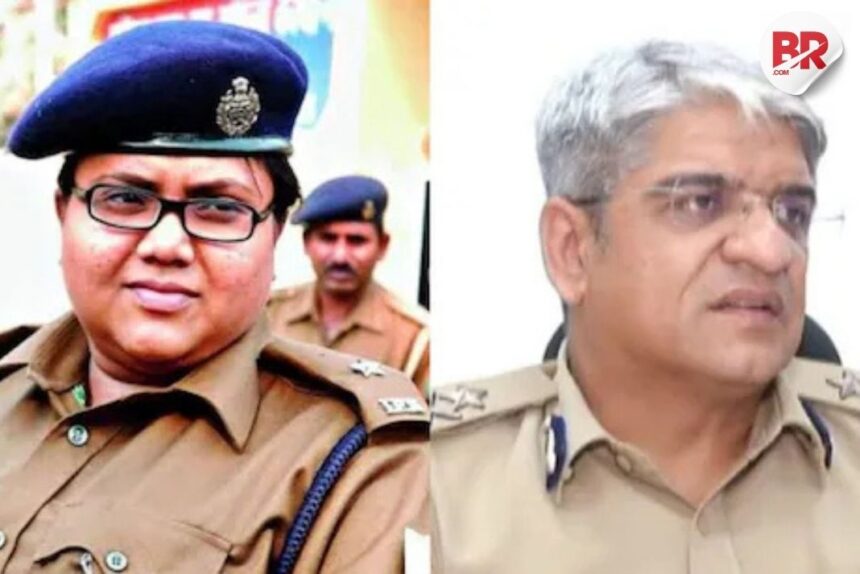
The successful extradition of Tahawwur Rana to India is more than just a legal triumph. It’s a story of relentless pursuit, international coordination, and the brilliance of NIA officers who led the charge. At the heart of this operation were two standout officers—Jaya Roy and Ashish Batra—whose dedication helped crack one of India’s most sensitive terror cases.
The Long Road to Justice
Tahawwur Rana, a Pakistani-Canadian businessman, is accused of helping plan the 2008 Mumbai terror attacks, which killed 166 people. For over a decade, bringing him to justice seemed like a faraway goal. But thanks to the persistence of the National Investigation Agency (NIA), the tables have turned.

From navigating complex legal systems in the United States to coordinating with global agencies, NIA officers stayed firm on the path to justice. Their efforts paid off when a U.S. court finally approved Rana’s extradition.
Also Read: Mystery Witness Could Expose Hidden Truths Behind Tahawwur Rana’s Role in 26/11 Attacks
Meet the Masterminds: Jaya Roy and Ashish Batra
Though much of their work remains classified, Jaya Roy and Ashish Batra are known for their sharp investigative minds. These NIA officers specialize in handling high-profile terror financing and cybercrime cases. Their experience and ability to handle sensitive information made them the ideal team for the Rana case.
Jaya Roy, in particular, is no stranger to headline-making investigations. Her earlier work in exposing a major phishing scam in Jamtara, Jharkhand, was so impactful that it inspired the Netflix series Jamtara – Sabka Number Ayega. This shows how real-world actions by NIA officers are shaping both justice and popular culture.
Cracking a Cross-Border Case
Extraditing someone like Rana is not simple. It involves years of paperwork, legal representation, and presenting strong evidence in foreign courts. The NIA built a solid case with international inputs and legal precision. Convincing U.S. authorities to send Rana back to India required both fact-based arguments and strategic diplomacy.
This victory is a clear message to terrorists around the world: no matter where you hide, India’s NIA officers will find you.
Also Read: Operation in J&K Takes Down Jaish Commander Saifullah: What’s Next for Terror Networks?
Why Rana’s Extradition Matters
This extradition isn’t just about one man. It strengthens India’s global position in fighting terrorism. It also reinforces public trust in national agencies like the NIA. When justice takes time, officers like Roy and Batra remind us why patience and persistence matter.
The move also opens the door to further investigation into international terror networks. Rana’s trial could provide crucial clues about others involved in the 2008 attacks.
Also Read: ED Moves to Seize Gandhis’ Rs 700cr Assets: Is This the Beginning of the End for Congress?
Looking Ahead: NIA’s Ongoing Mission
The work of NIA officers like Jaya Roy and Ashish Batra is far from over. The fight against terrorism needs constant alertness and collaboration. As newer threats emerge, these officers continue to adapt, investigate, and secure our nation.
Their role is not just about catching criminals—it’s about sending a strong message. A message that justice will prevail, even if it takes time.












